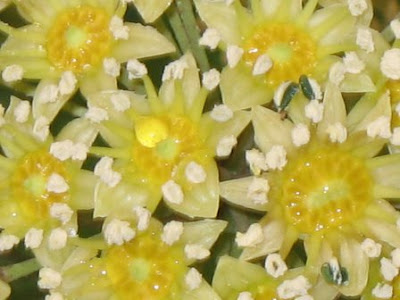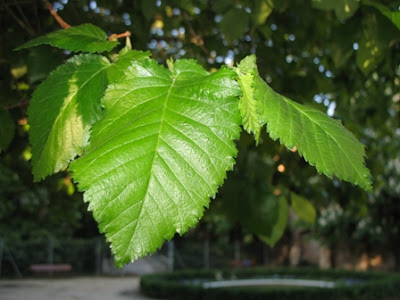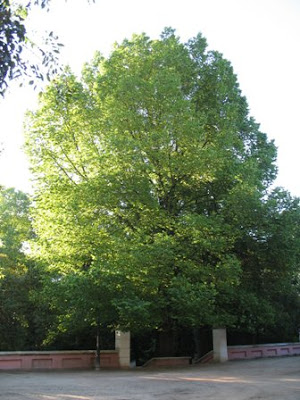
I went of a hike in the hills above the town of Mijas (Spain) and found myself in a forest of Stone Pines (Pinus pinea). Seeing some mature looking pine cones in some of the trees I decided to try and climb one. I was curious to find out how hard it is to extract the pine nuts from these cones.

I found a tree with some fairly low branches and managed to climb up to the top (this tree was only about 20 feet tall). When I reached the pine cones I found that they were full of pine nuts that were ready to fall. So much so that as I reached out to grab the first cones a bunch of its pine nuts fell out. In the end I gave up on trying to break off the pine cones without spilling the pine nuts and started throwing a few to the ground. Then I had to search around on the ground for all the pine nuts that had dislodged from the cones. I took home about 6-7 pine cones.

I think there were about 50-60 pine nuts in each cone. As you can see from the image above there were two nuts nested on each scale of the cone. All I had to do to get them out was to shake the cone a bit and then pry out the stubborn ones with a knife.

From five cones I filled a dinner sized plate with pine nuts (still in their shells). At this point the shells are covered with a black powder than rubs off on your fingers.

This is where the hard part started. These shells are not easy to open!! I tried a hammer but between hitting my fingers and having the little guys go shooting off in all directions decided that there must be a better way.

In the end I settled on using a pair of Vice-Grips that I had in my tool box. If you set the grip depth just right you can crack the shell without destroying the pine nut. Even then it was quite a bit of work to get though that plate of pine nuts!

Once the outer shells were off there is another very thin shell of the nuts similar to that of a peanut. You can eat these nuts raw or, like I did, you can roast them in the oven for a few minutes and eat them roasted. They are a real treat! They are also good in cookies, cakes, bread etc.
external links...
http://www.tenthousandtrees.com/Pinaceae/Pinus%20Pinea.html
 The Tulip tree (Liriodendron tulipifera) is the state tree of Tennessee, Kentucky and Indiana. It also goes by the name Tulip Poplar or American Tulip tree.
The Tulip tree (Liriodendron tulipifera) is the state tree of Tennessee, Kentucky and Indiana. It also goes by the name Tulip Poplar or American Tulip tree. The "tulip" part of the name comes from the shape of the flower as can be seen in the image below.
The "tulip" part of the name comes from the shape of the flower as can be seen in the image below. These images come from the "Molino de Inca" botanical garden in Torremolinos Spain.
These images come from the "Molino de Inca" botanical garden in Torremolinos Spain.
















































